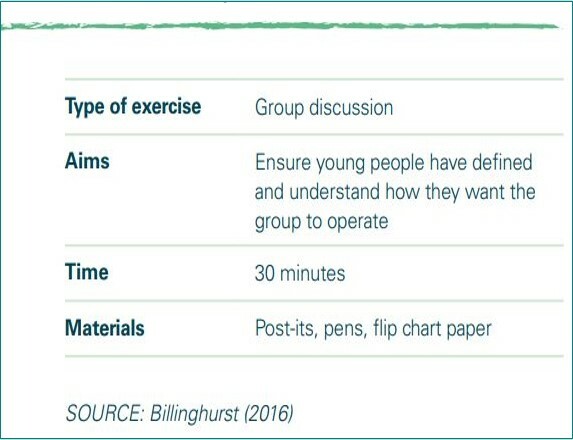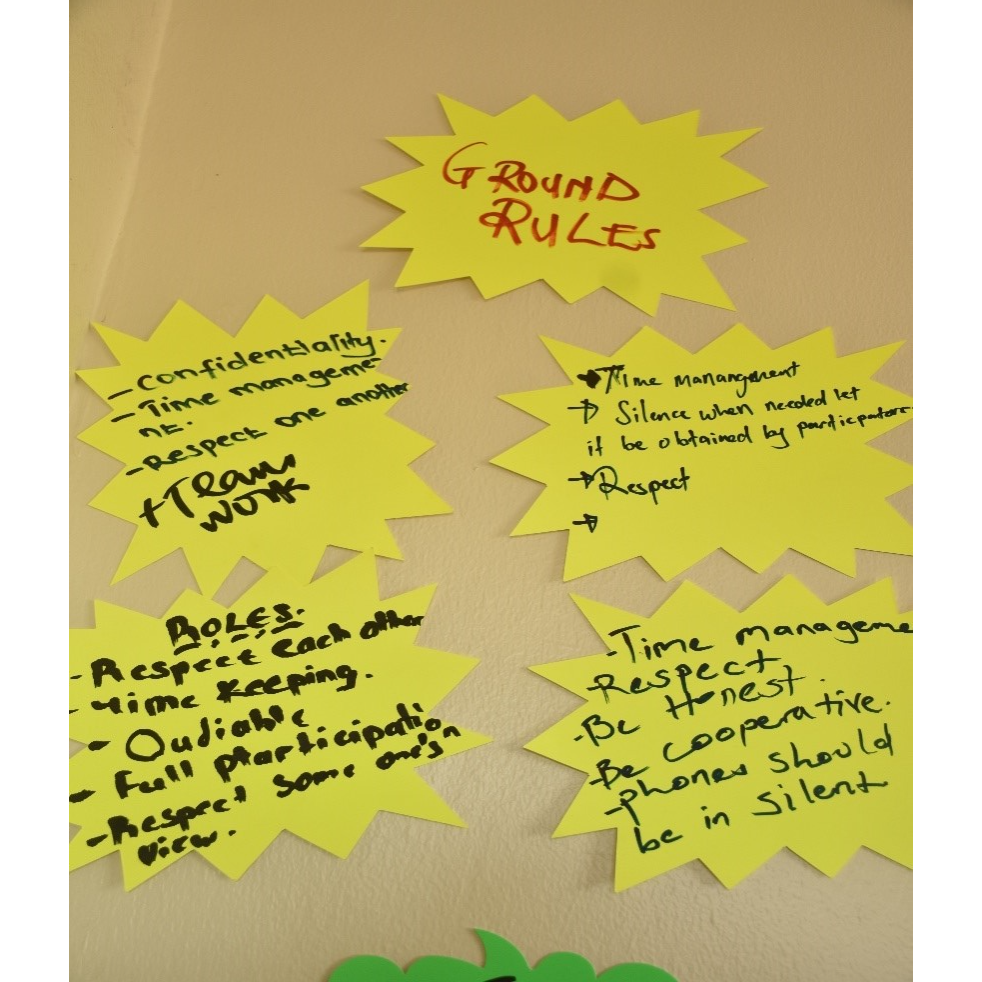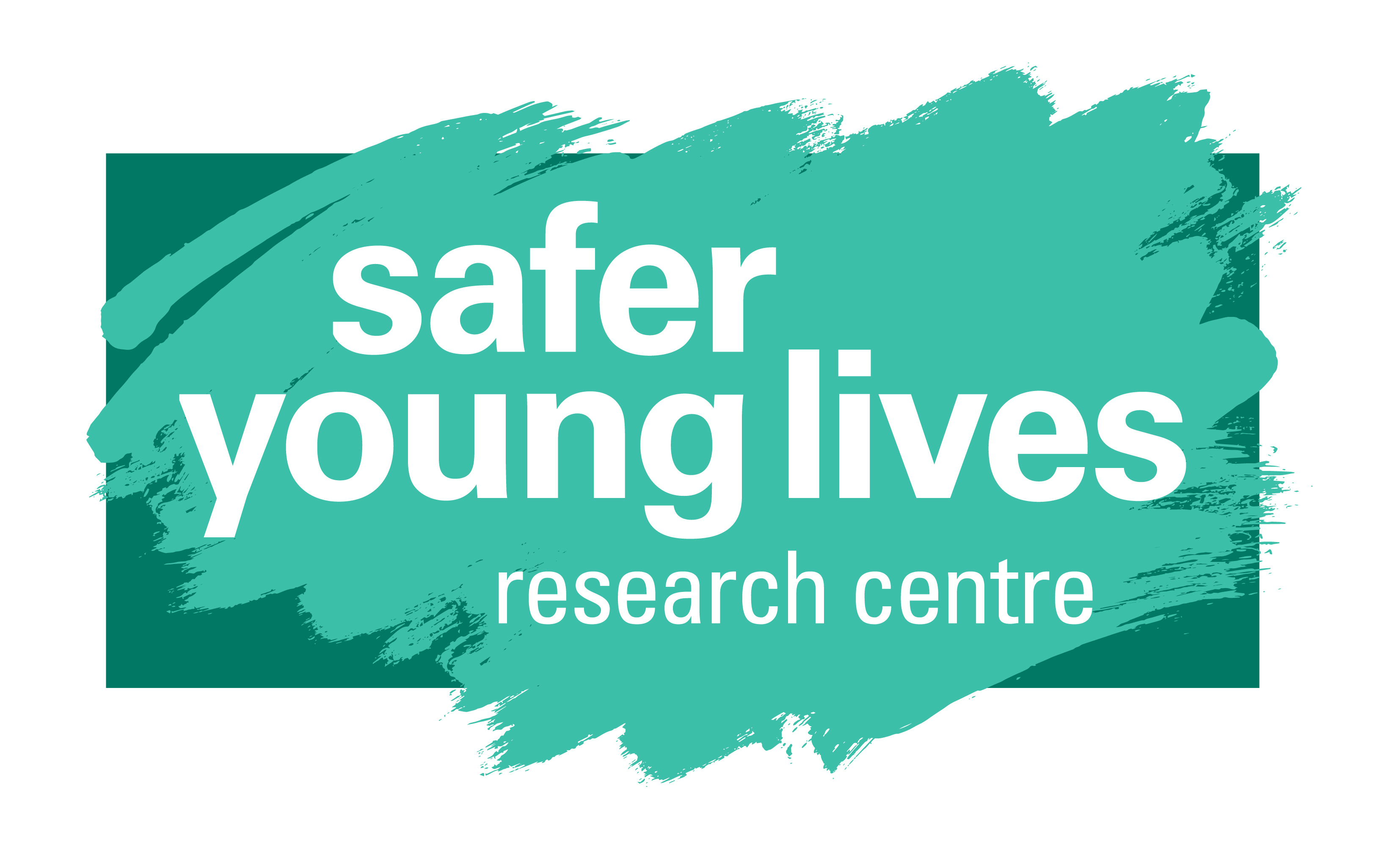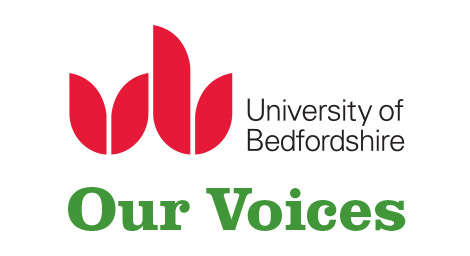"The group agreements made me feel safe": Testing out tools and activities in Kenya and Uganda

Over the past few months we have been working with our local partners – Uganda Youth Development Link (UYDEL) and the Kenya Alliance for Advancement of Children (KAACR) – on a project entitled ‘Progressing Participation as Protection’. The aim of this project was to support dialogue between young people in different countries about the relationship between participation and protection rights in the context of child sexual abuse and exploitation (CSA/E). The project provided a platform to allow young people to share key messages about the value of participation, from their perspectives, with professionals and other young people.
In order to implement this project, the Our Voices staff at the Safer Young Lives Research Centre (SYLRC) teamed up with our Young Researchers’ Advisory Panel (YRAP) to design a series of six workshops. These workshops included different activities that aimed to help young people reflect and consider what is positive about young people’s participation and develop some key messages to share with others. Once the workshop plans were created, these were then facilitated by our local partners in Kenya and Uganda. Nineteen young people, aged 17-25 years old (15 females and 4 males) took part in these workshops. During the process note-takers from each partner organisation captured how the young people engaged in the activities and recorded key discussions points. These activities provided a foundation for the young people to develop and curate key messages about this topic which were then audio-recorded for a podcast exploring the value of participation.
In this blog, we report on some of the learning from the process. Here we focus on two group activities that we included in workshop one that were originally published in the toolkit ‘Creating a safe space’, written by our colleague, Camille Warrington (2020) as part of the Our Voices Too project. You can find this on the resources page of the Our Voices website here.
In this project, although many of the young people knew each other and had worked together on different initiatives in the past, they were not pre-existing groups as such. Therefore, it was important that young people in each group felt safe and comfortable with one another and were able to work together effectively in the workshops. The two activities detailed below were used to support relationship building between young people and promote feelings of comfort and safety in the group environment.
The toothpaste exercise

‘The toothpaste exercise’ was developed by Abi Billinghurst and is included in the ‘Creating a safe space’ toolkit (Warrington, 2020). It is a simple activity that aims to support young people to understand the boundaries of confidentiality in a group setting (specifically group work in the context of addressing CSA/E). It illustrates the importance of thinking before you speak in a group and helping young people make informed decisions about what they share.
One of the group members is asked to squeeze out the entire contents of a tube of toothpaste onto a sheet of paper. They are then instructed to hand the empty tube to another participant who is asked to put all the toothpaste back into the tube. The one rule is that they cannot tamper with, or damage, the tube in the process.

Images: Young person in Kenya and young person in Uganda carrying out the toothpaste exercise
The group will soon come to the conclusion that it is impossible to put all the toothpaste back in the tube.
Following this exercise the group are asked to reflect on what it represents in relation to confidentiality and disclosure of personal information. The facilitators are asked to focus the discussion on the fact that young people need to remember that:
- they cannot ‘take anything back’ when it has already been said
- the facilitators cannot ‘unhear’ anything that is shared’ that raises concerns and therefore may have to break confidentiality in certain scenarios
- young people are in control of what they choose to disclose
- it is not about silencing anyone but helping them make informed choices about what they share
Reflections from the activity
The facilitators in Uganda noted how the group positively responded to this exercise. They were surprised how quickly the young people understood the analogy that when something is shared it cannot be taken back. The facilitators noted that it was helpful to reemphasise that, as staff, they cannot guarantee what the other participants might say outside the room and that this was important for young people to understand.
In Kenya, the facilitators shared that this exercise was ‘a breakthrough’ in terms of getting the group to warm up and engage. The young people came away with their own interpretation of the exercise including that group members should think before they act and be aware there are consequences to every action.
The facilitators from Uganda shared that this exercise was something they planned to use in the organisation going forward in other interactions and consultations with the young people enrolled in their programmes.
Setting group ground rules

The second exercise that was included in workshop one was setting group ground rules. This again was taken from (Warrington, 2020) and aims to ensure young people get the opportunity to define how the group will operate throughout the workshops. The activity involves creating a simple agreement that outlines how the group will/won’t behave during their time together to help everyone feel safe. Group members can work in pairs or think by themselves about things they would like to include in the group agreement, including how they want the facilitator to behave. This might be things like ‘arrive on time’, or ‘respect other people’s views’.
Everyone is then asked to share their ideas and the facilitator asks if the rest of the group understand and agree that this should be added to the list. If so, these are captured on flipchart paper. The facilitator may ask for clarification to make sure concepts are clearly understood – e.g. ‘what does respect mean?’ ‘how would we know if someone is being (dis)respectful?’.
It’s also important to be realistic and mindful that although everyone may agree to a rule, such as ‘it’s important to be on time’, there may be things that get in the way and therefore it’s about trying to respect the rules as best as people can. It is also important to think as a group what will happen if rules are disregarded and whether for some of these rules a sanction should be in place if they are continuously broken. Once the agreement has been finalised everyone (including the facilitator) should mark or sign their names on the agreement. The idea is that each workshop will then begin with a reminder of this agreement and group members and the facilitator can refer back to them if they need to throughout the discussions. [i]
The group agreements developed in this project
From this exercise, it was interesting to see that both groups came up with similar rules. These included rules around mobile phones being on silent; respect for privacy/confidentiality; full participation; respecting each other and each others’ views which included listening to each other. In Kenya the group also noted that young people should have a right to be silent and that the space should be free and happy. In Uganda the group talked about the importance of time management and team work.

Image: Ground rules developed by the group of young people in Uganda.
Whilst the ground rules exercise is simple, some group members shared at the end of the project that having these rules helped them feel safe.
Final reflections
Having the opportunity to test exercises such as these out in different contexts allows us to continue to build our knowledge about – and practice of – safe and meaningful participatory group work in the context of CSA/E, internationally. Through reflective practice, and documenting learning about group work of this nature, we hope to demonstrate the value of utilising simple exercises such as these when bringing young people affected by CSA/E together – and the importance of taking the time at the start of engagements to consider and utilise existing frameworks (such as Warrington, 2020) to create safe environments for young people and facilitators alike.
References
Warrington, C. (2020) Creating a safe space: Ideas for the development of participatory group work to address sexual violence with young people. University of Bedfordshire: Luton. Available at: https://www.our-voices.org.uk/...
[i] As Warrington (2020) notes in her original write up of this activity, it is really important in this exercise to be clear about the limits of confidentiality in terms of legal duties and the fact that confidentiality cannot be guaranteed in a group setting.






